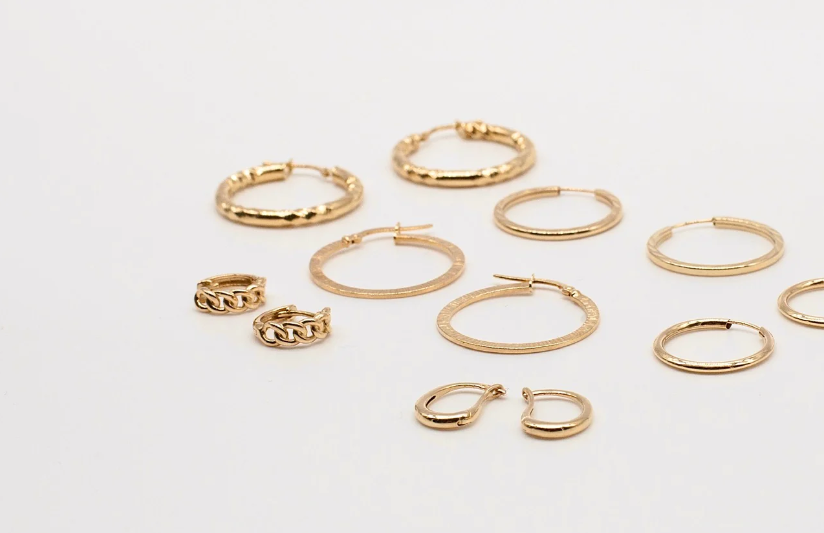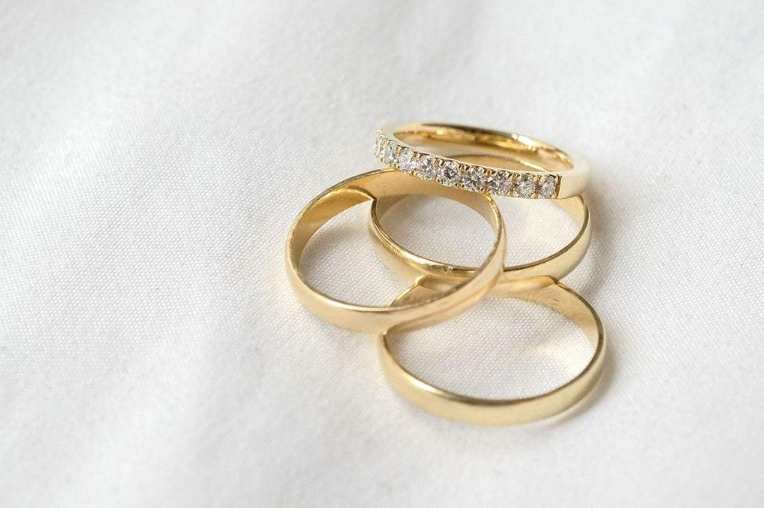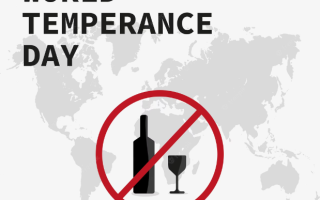Golden trinkets have graced human bodies for centuries, becoming symbols of status, love, commitment, and even protection.
As more people invest in 14k gold jewelry for its allure and durability, the question frequently arises: Can one wear these precious pieces during daily activities, especially while showering?
The answer is nuanced, intertwined with the complexities of gold’s composition and the myriad of elements it comes into contact with.
In this article, we’ll delve deep into the chemistry of 14k gold, and explore its reactions with various substances. We’ll also provide a comprehensive guide on whether stepping into the shower adorned with these golden treasures is safe.
Whether you’re a jewelry aficionado or just someone curious about the intricacies of gold care, read on to uncover the shimmering truth.
Understanding 14k Gold: Composition and Properties
When we speak of gold in jewelry contexts, the purity of the gold is often expressed in karats (abbreviated as ‘k’).
The purest form of gold is 24 karats, which means it’s 100% gold with no alloying elements. However, 24k gold, while mesmerizingly beautiful, is also soft and malleable, making it unsuitable for everyday jewelry that might be exposed to wear and tear.
Enter 14k gold.
What is 14k Gold?
14k gold, as the name implies, consists of 14 parts pure gold combined with 10 parts of other metals.
This gives it a gold content of 58.3%. The other 41.7% is made up of alloy metals which can vary but typically include copper, zinc, silver, or palladium.
This mixture results in a metal that still possesses the beauty and luster of gold but with enhanced strength and resilience.
Benefits of 14k Gold Alloy
Strength and Durability: Pure gold is a soft metal, susceptible to dents, scratches, and bending. The alloying process strengthens the gold, making 14k gold jewelry less prone to damage from daily activities. This is particularly advantageous for items like rings or bracelets regularly exposed to potential harm.
Color Variations: The metals combined with gold influence its final hue. For instance, mixing gold with more copper produces a reddish or rose gold. Silver or palladium can produce a whiter shade, leading to what we know as white gold. This versatility allows jewelers to craft pieces in various shades to suit different tastes and styles.
Cost-Effective: Since 14k gold contains less pure gold than its 18k or 24k counterparts, it’s generally more affordable without significantly compromising appearance or quality. This makes it popular for those looking to balance quality and cost.
Tarnish Resistance: While no gold karat is entirely immune to potential tarnishing, the alloy metals in 14k gold can offer some resistance against oxidization, ensuring your jewelry maintains its shine for longer.
Factors to Consider When Showering with 14k Gold Jewelry
1. Chemicals in Shampoos and Soaps
Every time you shower, the chemicals from your shampoos, conditioners, and soaps interact with whatever is on your skin—including any jewelry you’re wearing. These products can contain sulfates, alcohols, and other compounds, harming 14k gold over time.
Potential Effects: Prolonged exposure to these chemicals can lead to tarnishing, primarily if the gold is alloyed with certain metals. Even though 14k gold is relatively resistant to softer metals, its alloyed nature makes it susceptible to some chemical reactions.
Dulling the Shine: While a single exposure might not instantly rob your jewelry of its sheen, cumulative exposure to these products can dull the shine of 14k gold, making it lose its luster over time.
2. Water Temperature
Like many other materials, gold responds to temperature changes. Although it doesn’t react as dramatically as some metals, concerns remain to be noted.
Extreme Temperatures: Extremely hot water can cause gold to expand, albeit very slightly. Over time, repeated exposure to such conditions can affect the structure and durability of your jewelry, especially in the case of intricately designed pieces or those with gemstone settings, as it may loosen the settings over time.
3. Chlorinated or Salty Water
Diving into a swimming pool or the ocean with your 14k gold jewelry might seem harmless, but it’s far from advisable.
Corrosive Effects of Chlorine: Chlorinated water can corrode gold over time, especially in swimming pools. The chlorine reacts with the metals in the 14k gold, which can lead to discoloration and even structural weakening of the jewelry.
Saltwater Woes: Saltwater can act as an abrasive, leading to potential wear and tear over extended periods. It can hasten the natural tarnishing process, making your jewelry appear older and less lustrous than it is.
4. Physical Impact
Showering involves much more movement than one might assume, which poses risks to your jewelry.
Tangles and Pulls: Long necklaces or dangling earrings risk getting caught on a washcloth, shower brush, or even your hair. This can lead to sudden pulls, which might break or deform your jewelry.
Delicate Designs: The risks are even higher if your jewelry piece has a particularly intricate or delicate design or a stone setting. The setting may get loose over time with repeated physical contact, leading to the potential loss of stones.

Benefits of Removing 14k Gold Jewelry Before Showering
Gold has long been coveted for its unmatched radiance and resilience, and while 14k gold carries a strong reputation for durability, it’s still susceptible to external influences. Let’s delve into the advantages of removing your 14k gold jewelry before immersing yourself in the soothing embrace of a shower.
Preserving Luster and Shine
Soap scum and water spots are the enemies of sparkling jewelry. The lustrous sheen of 14k gold can be significantly impacted by a layer of soap residue or by the mineral deposits commonly found in hard water.
If you want your gold pieces to continue capturing the light in that uniquely enchanting way, it’s a good idea to keep them out of the shower.
It’s far easier to preserve the original brilliance of your jewelry by avoiding these elements rather than attempting to restore it after the fact.
Minimizing Wear and Tear
Although 14k gold is known for its durability, it is still susceptible to the long-term corrosive effects of continuous water and chemical exposure.
The alloys mixed with gold to create a 14k composition might react with the chlorine, salts, or other minerals in your water supply, thereby accelerating the rate of wear and tear.
Gold is also a relatively soft metal, which can be more susceptible to scratches and surface marring over time. By removing your jewelry before showering, you’re taking a proactive step to minimize the cumulative toll that these factors can take.
Safety Precautions
Wearing jewelry in the shower presents some physical risks that are often overlooked. Rings can slip off fingers that are slick with soap, potentially leading to loss or damage.
Necklaces and bracelets can become tangled in loofahs or caught in shower doors, creating a hazard. Even earrings are without risks, as they can snag on towels or brushes.
While the primary focus tends to be on preserving the jewelry itself, it’s also important to consider the wearer’s safety. Removing your 14k gold pieces before showering can save you from unnecessary hazards and complications.
How to Clean and Care for 14k Gold Jewelry
With its luminous sheen and timeless appeal, gold demands care and attention to keep it looking its best. 14k gold, in particular, is a blend of gold and other metals, making it more durable than pure gold but still susceptible to wear and tear. Here are some guidelines to ensure that your 14k gold pieces continue to sparkle and shine:
Recommended Methods for Cleaning Gold to Maintain its Shine
Mild Soap and Water: The simplest way to clean 14k gold is with a mixture of mild dish soap and lukewarm water. Soak your jewelry in this solution for about 20-30 minutes, then gently scrub with a soft-bristle toothbrush to remove dirt and residue. Rinse thoroughly and pat dry with a soft cloth.
Specialized Jewelry Cleaners: While soap and water work wonders, specialized jewelry cleaning solutions are also available. Always ensure the cleaner is safe for gold before use.
Avoid Harsh Chemicals: Refrain from using bleach, chlorine, and other abrasive chemicals as they can discolor or damage your gold jewelry.
Storage Tips to Prevent Scratching or Other Damage
Separate Compartments: Always store gold jewelry in individual soft pouches or in separate jewelry box compartments. This prevents them from scratching against each other or tangling.
Soft Cloth: If you don’t have a pouch or a box with compartments, wrapping each piece in a soft cloth before storing them together will protect against scratches.
Avoid Extreme Conditions: Keep your 14k gold jewelry away from extreme temperatures, moisture, and direct sunlight. These conditions can hasten wear and alter the appearance of your pieces.
Frequency of Professional Cleanings or Check-ups
Routine Maintenance: It’s wise to have your 14k gold jewelry professionally cleaned and inspected at least once a year. This restores the item’s brilliance and ensures that clasps, prongs, and other settings are secure.
After Notable Wear: Consider a professional cleaning sooner if you’ve worn a piece frequently or in environments where it may gather more dirt and grime (like at the beach or during workouts).
Conclusion
Navigating the world of precious jewelry, especially something as cherished as 14k gold, can be both an enchanting and daunting experience.
As we’ve explored, while 14k gold possesses a certain durability, it is not impervious to the wear and tear of daily life, including the seemingly benign act of showering. The chemicals, soaps, and even the nature of water can impact its luster over time.
By taking preventative measures, such as removing jewelry before showers, following the recommended cleaning methods, and scheduling routine professional check-ups, you can ensure the longevity and shine of your 14k gold pieces.
While wearing 14k gold in the shower occasionally may not cause immediate harm, the long-term effects could diminish the piece’s brilliance.
By treating your jewelry with the care and respect it deserves, you preserve not only the physical item but also the memories, sentiments, and emotions it represents. After all, gold’s enduring allure is not just its shine but its ability to hold and reflect the stories of our lives.



